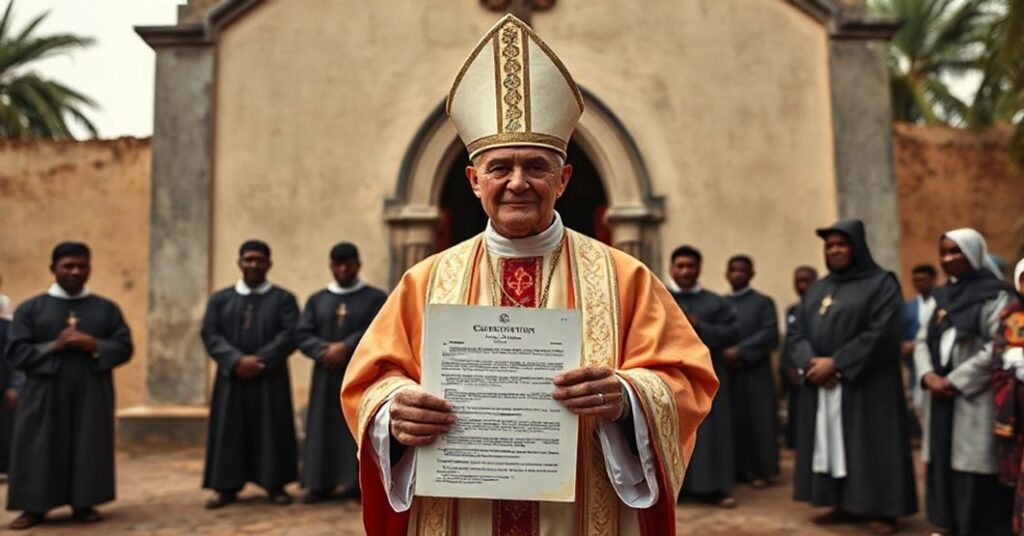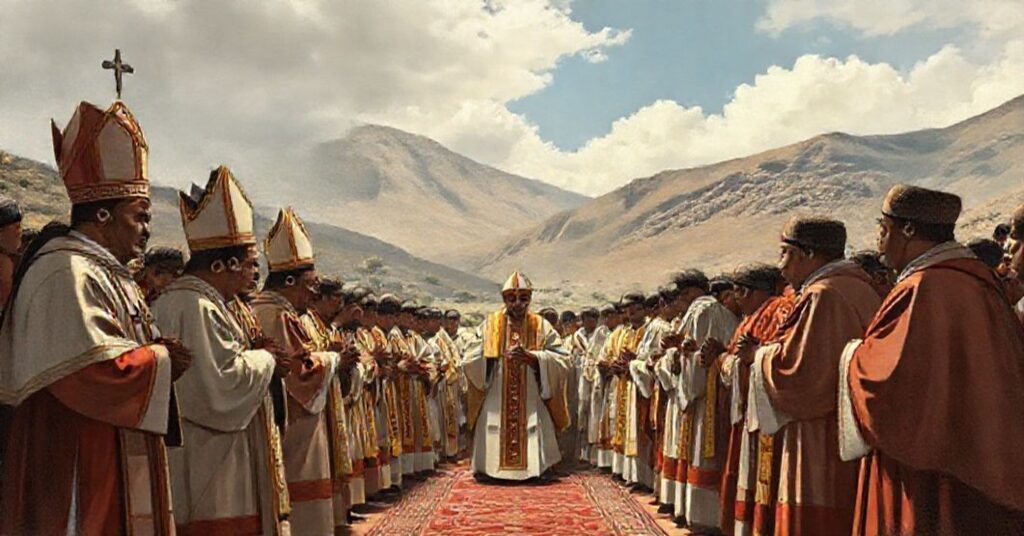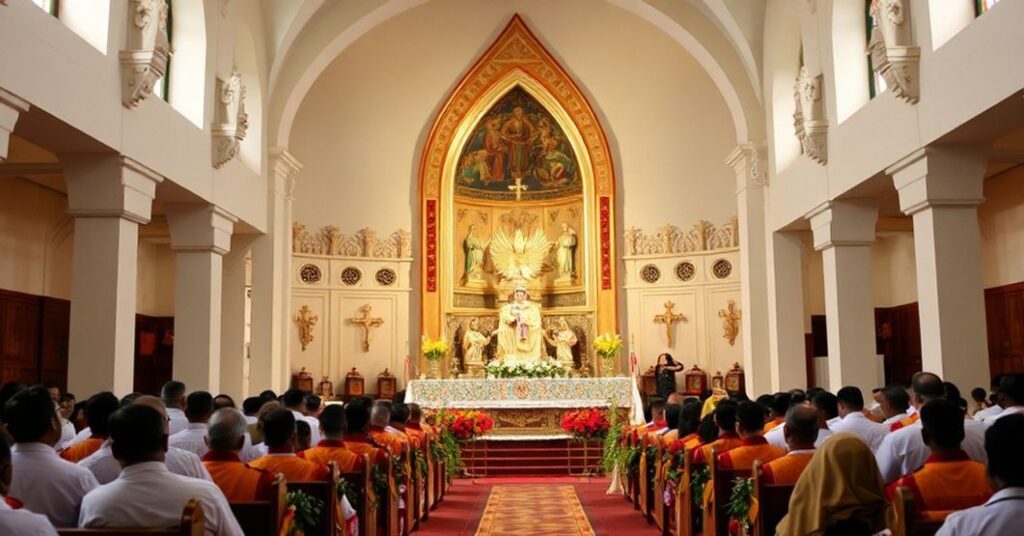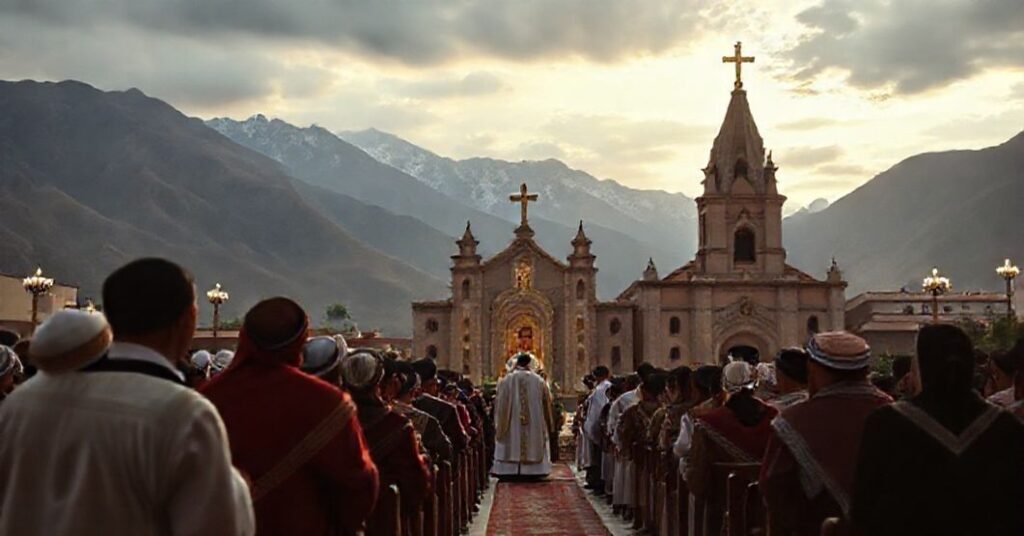Niameyensis (Fadangurmaensis) (1959.02.12)
The Latin text published under the name of John XXIII on 12 February 1959 decrees the division of the Apostolic Prefecture of Niamey in French West Africa and the erection of a new Apostolic Prefecture of Fada N’Gourma (Fadangurmaënsis). It assigns this new jurisdiction to the Redemptorists, subjects it to Ouagadougou as metropolitan see, invests its ordinary with the usual rights and obligations of apostolic prefects, and entrusts the execution of the decree above all to Marcel Lefebvre as Apostolic Delegate in French Africa.










